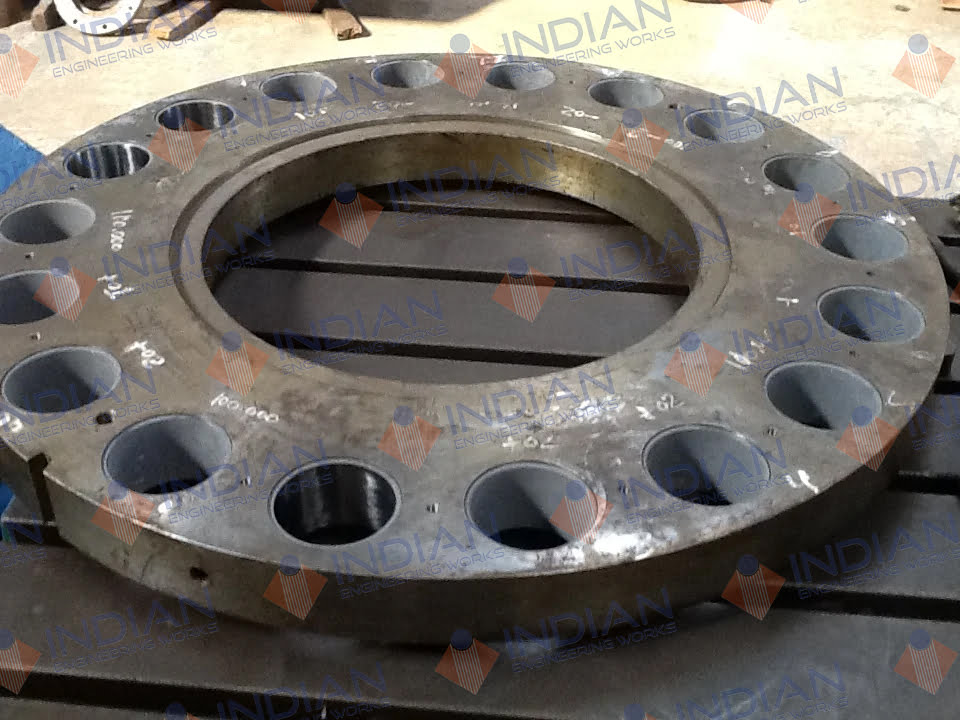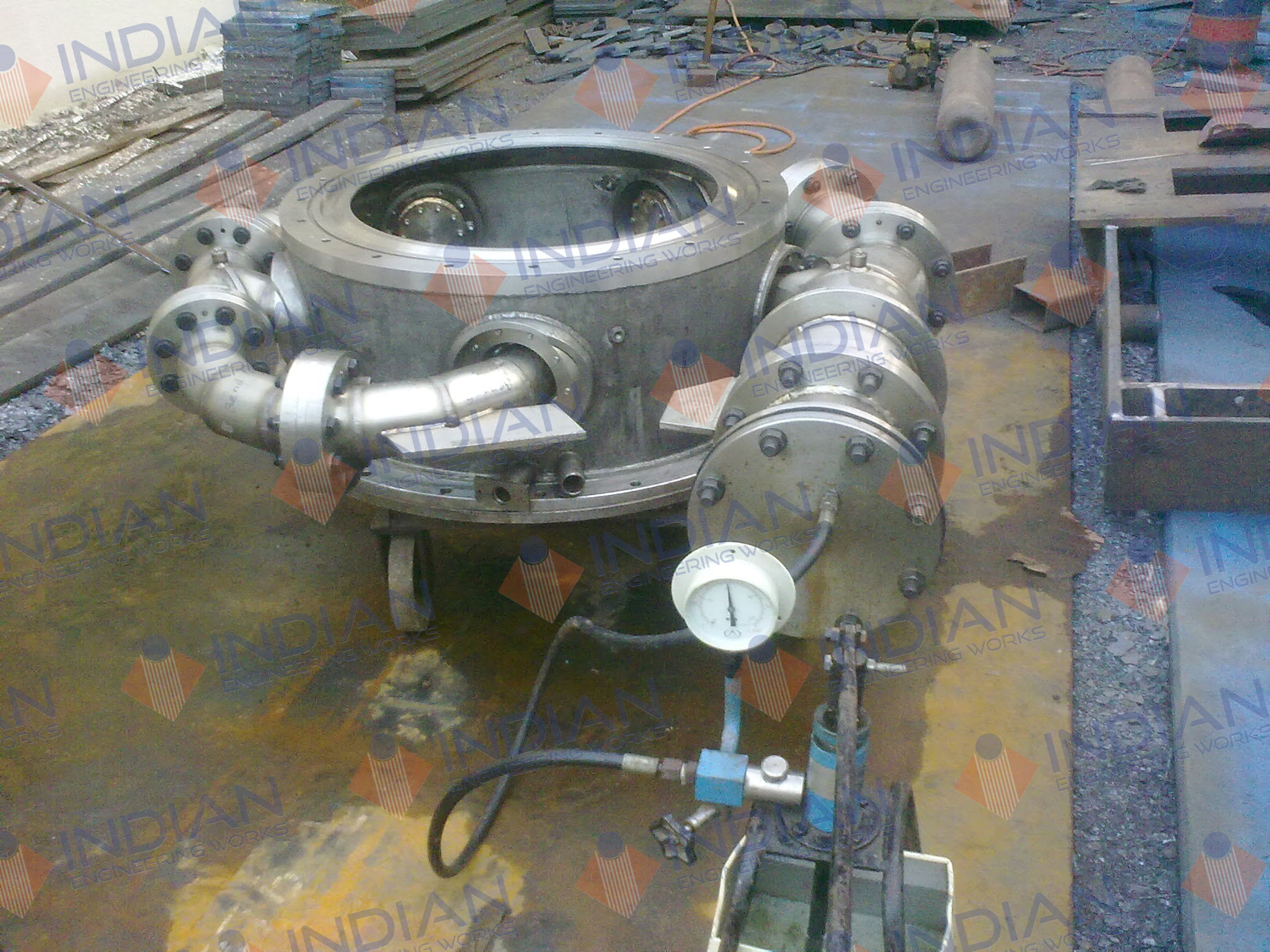
CNC Threading
CNC threading refers to the process of creating threaded patterns on components using Computer Numerical Control (CNC) machinery. Threading involves cutting or forming a helical groove around the exterior or interior surface of a workpiece to create a screw-like structure. CNC threading offers precise control over the threading process, resulting in accurate and consistent thread profiles.



Cold Shrink Fit with Liquid Nitrogen
Cold shrink fitting with liquid nitrogen is a technique used to facilitate the assembly of components by taking advantage of thermal contraction. This method involves cooling one or more components using liquid nitrogen, a cryogenic fluid that reaches extremely low temperatures, causing the components to contract. As a result, the parts become easier to fit together, reducing the need for excessive force or specialized equipment during assembly.




Induction Hardening
A high-frequency alternating current is passed through a coil to generate an electromagnetic field. The metal component to be hardened is placed within this field, causing localized heating in specific areas. Once the desired temperature is reached, the component is rapidly quenched using water or other cooling mediums. The rapid heating and quenching of specific areas create a hardened layer on the surface of the component while maintaining a relatively softer and more ductile core.


DP Testing (Dye Penetrant Testing)
Dye Penetrant Testing (DPT), also known as Liquid Penetrant Testing (LPT), is a widely used non-destructive testing method used to detect surface defects and discontinuities in materials. It is particularly effective for detecting cracks, pores, and other surface flaws that might not be visible to the naked eye. Dye Penetrant Testing involves several steps and relies on the principle of capillary action to identify defects.


Hydrostatic Test
A hydrostatic test is a non-destructive pressure test conducted using a liquid, typically water, to assess the structural integrity, strength, and leak resistance of vessels, pipes, tanks, and other components. This test is commonly used in various industries to ensure that a component can safely handle the pressures it will encounter during its normal operation.

Dynamic Balancing
Dynamic balancing is a process used to adjust the mass distribution of rotating components to eliminate or minimize vibrations and ensure smooth operation. It is particularly important for components such as rotating shafts, crankshafts, fans, rotors, and other machinery that operate at high speeds. The goal of dynamic balancing is to achieve even distribution of mass around the axis of rotation, thereby reducing vibration and improving the performance and longevity of the machinery.

Preheating Before Welding
Preheating before welding is a common practice in welding operations that involves heating the base metal to a specific temperature before the welding process begins. This process helps to reduce the risk of cracking, ensure proper fusion, and improve the overall quality of the weld. Preheating is particularly important when working with certain materials, thick sections, or when dealing with potential issues like hydrogen cracking.

Spline Cutting
Spline cutting is a machining process used to create grooves or ridges, known as splines, along the length of a shaft or cylindrical component. These splines are designed to engage with corresponding features in mating components, such as gears, couplings, or other shafts. Spline cutting serves multiple purposes, including torque transmission, precise positioning, and power transfer in various machinery and mechanical systems.
